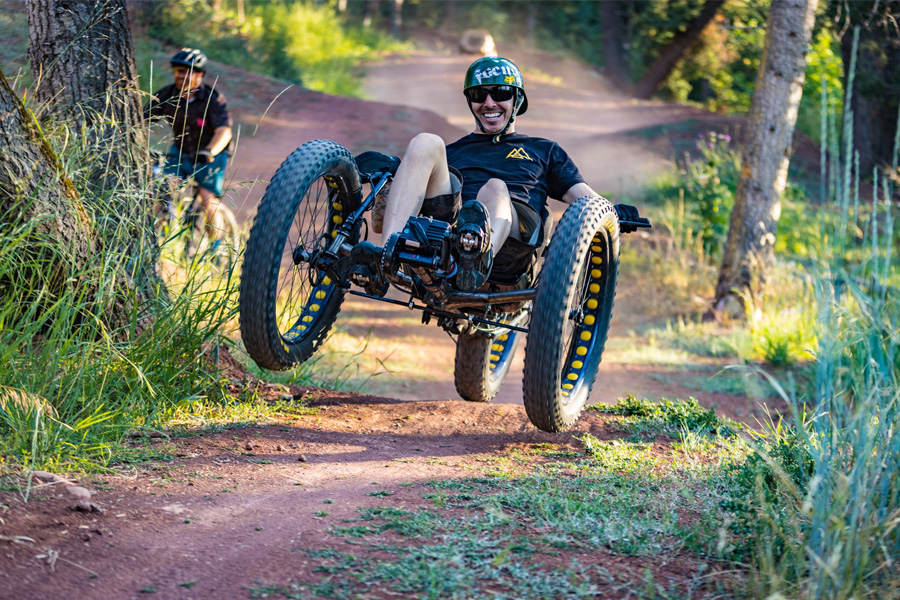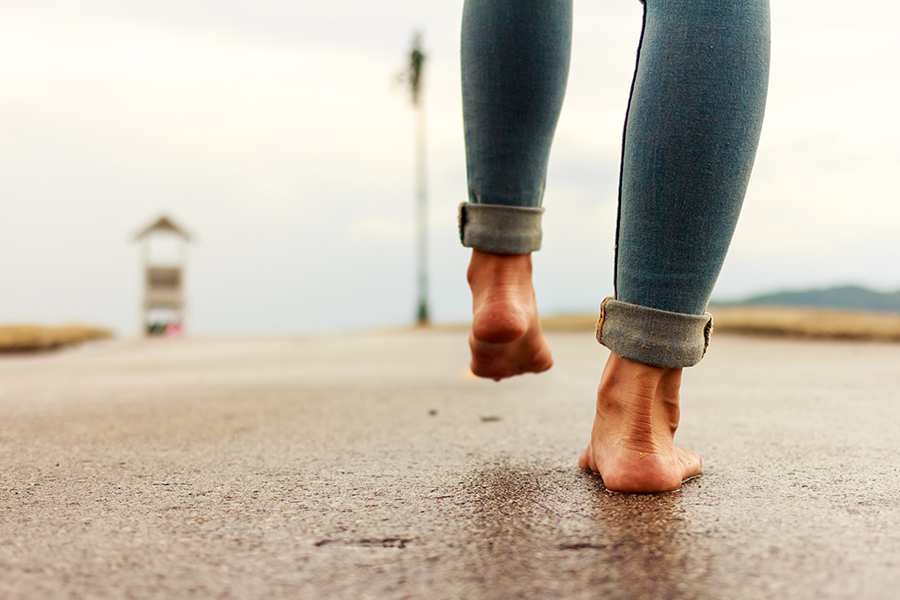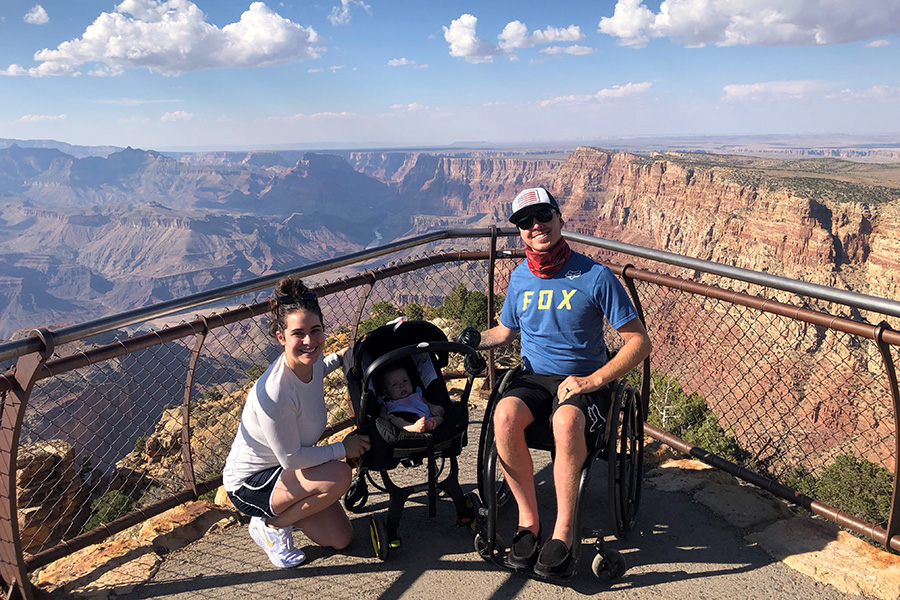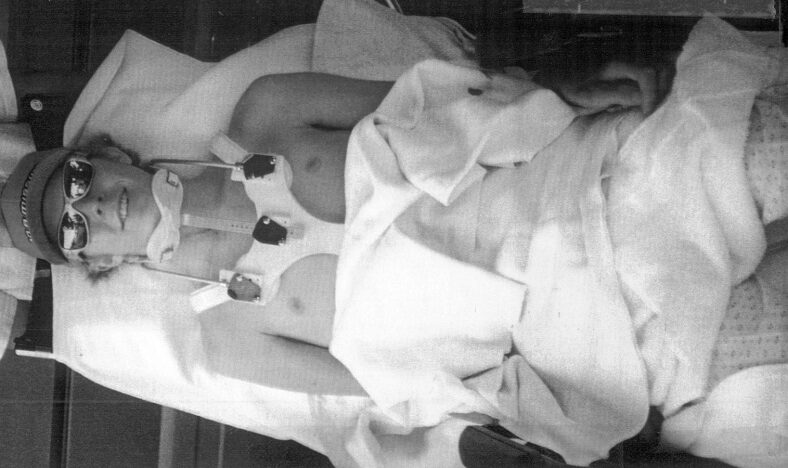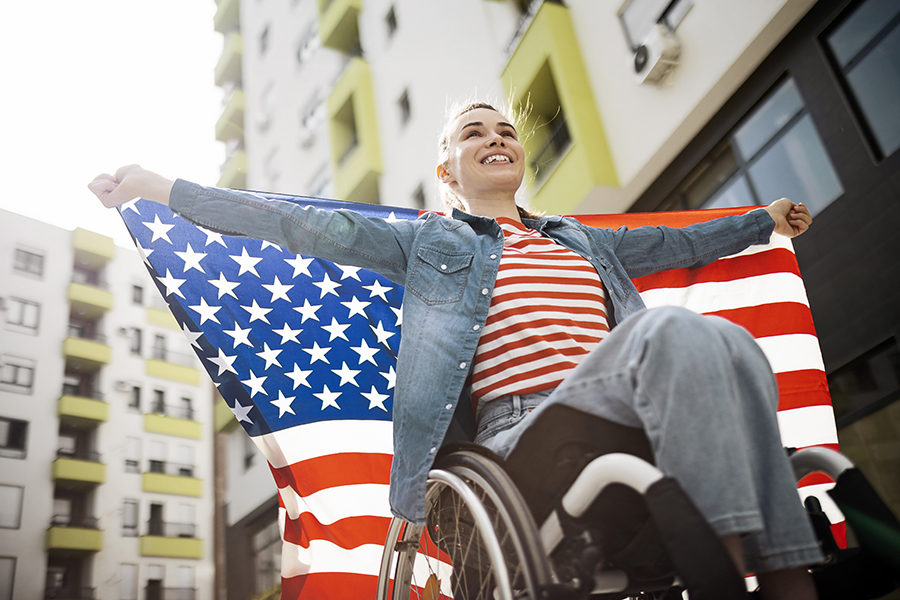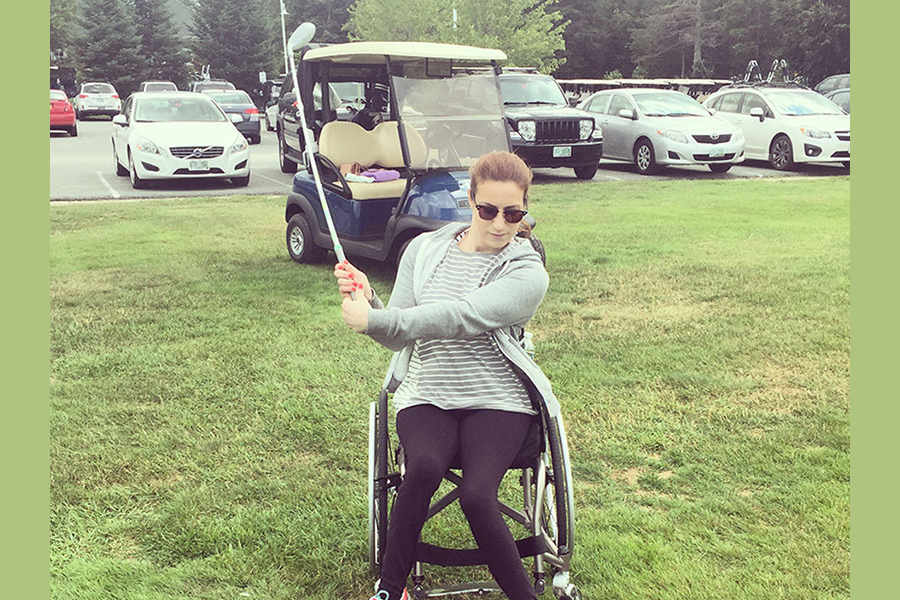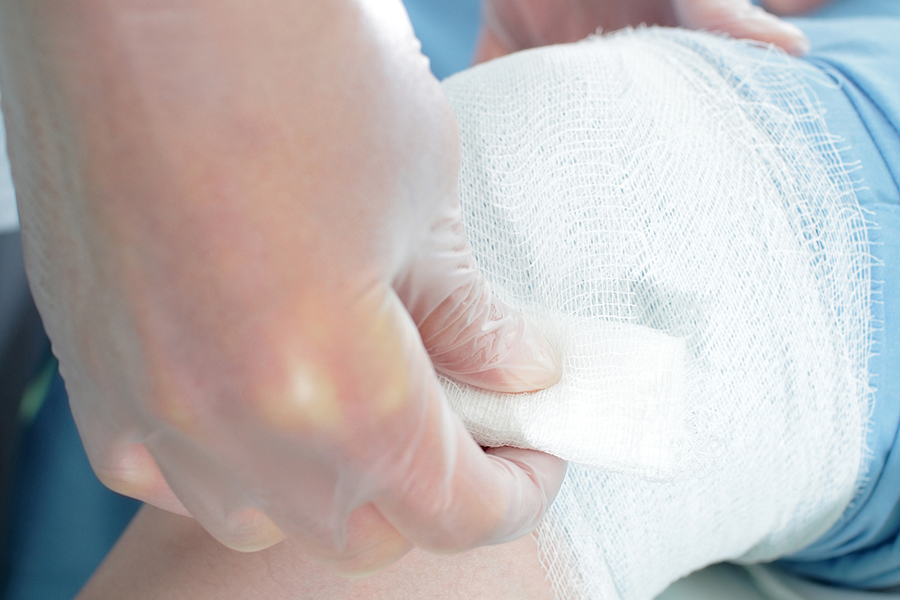It can be surprisingly easy to overlook some variables that can make the transition from the hospital to the home more unpleasant than necessary for spinal cord injury patients. To make yourself or your loved one as comfortable as possible, avoid the following during the shift from hospital to home life:
- A standard, unadapted vehicle may be the first frustrating aspect that can set the tone for an unpleasant transition.
- An inaccessible home that makes getting into and through the house with a wheelchair difficult and frustrating.
- The absence of medical care and sound advice from a healthcare expert can leave one with unanswered questions and playing the guessing game.
- Re-entering the environment of “life that was” before injury—surrounded by things and memories—can make emotional progress more challenging.
My Transition Motel
I did not have a “home” to go to when I was discharged. I was living alone when I sustained my injury, renting a room in Southern California. The rest of my family was scattered, with my father living in Arizona and my mother in Oklahoma.
During my transition phase, my long-divorced family chose to combine our limited resources and move into a two-bed, handicap accessible motel room near the hospital. This short-term solution bought us some time while we searched for a more accessible place where I could live near the rehabilitation center.
I know my family did their best, but everything about that move was frightening and traumatic.
My nightmare began when I was scooped out of the hospital bed, placed in a wheelchair, wheeled to a car, and transferred into the front seat. My family carried me from the car like a baby and laid me onto a hard, flat motel bed where I soon suffered from blood pressure fluctuation, vomiting, and bowel and bladder accidents. During this awkward transition I recognized that my dreams for my future were changed forever.
The silver lining to our motel stay was the transition into a small, two bedroom, single story townhouse that we rented. That space became our blank slate that we filled with comfortable and accessible things focused solely on healing and recovery. This space had nothing to do with our past and served as a quiet, tranquil recovery zone between therapy days.
Make it Easy
Firstly: Make the space wheelchair accessible! If need be, ramp the entry way and anywhere in the home that needs it; stairs, steps, doorjambs, and decks. If possible, replace carpeting with wood, tile, or a hard laminate. These surfaces make a huge rolling and cleanliness difference!
The bathroom is the most important room to modify. An accessible shower, toilet, and sink are vital for daily hygiene. In the bedroom, an adjustable bed is paramount for comfort and respite, as well as a cozy chair or couch in the common area. The kitchen poses its own set of hazards and modification needs, more of which I can explain another time.
The point is: Make the home easy to access and navigate to reduce the frustrations of maneuvering a wheelchair through the living space.
Make it Peaceful
Just like I wrote in my prior blog about using light and sound to create a serene ambiance in the hospital room, the same holds true for the home. I have arranged my favorite imagery, entertainment, furniture, and acoustics mindfully. My home becomes my sanctuary: a sort of zen-den where I can completely relax. In the east this practice is called feng shui—a philosophical system of harmonizing with the surrounding environment.
The world poses plenty of daily difficulties and the home should not be one of them. Allow yourself reprieve by creating an optimal healing environment in your home for a positive, healing effect on your psyche and overall well-being.






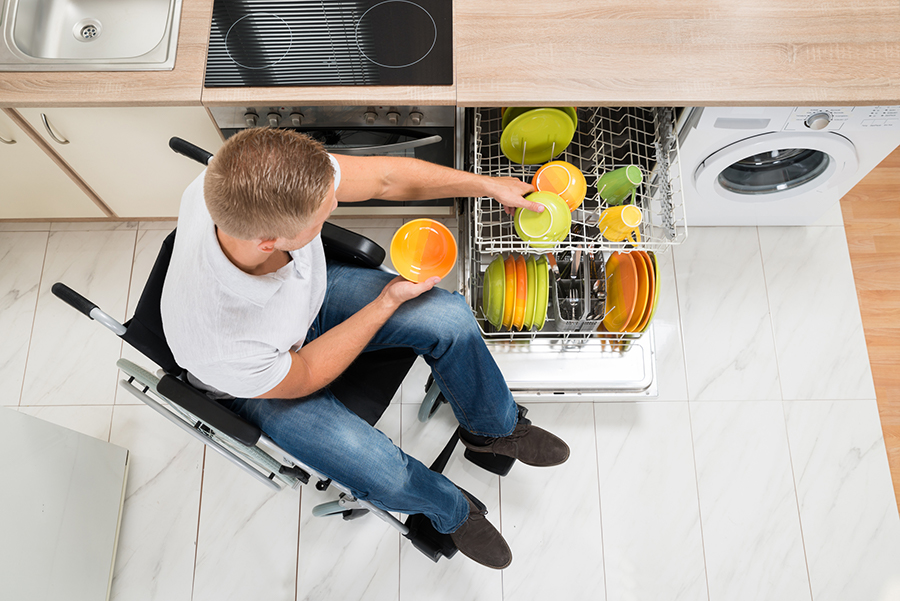


 I have a trip coming up and I am having trouble envisioning how I can safely and hygienically self-catheterize in a typical men’s restroom stall.
I have a trip coming up and I am having trouble envisioning how I can safely and hygienically self-catheterize in a typical men’s restroom stall.